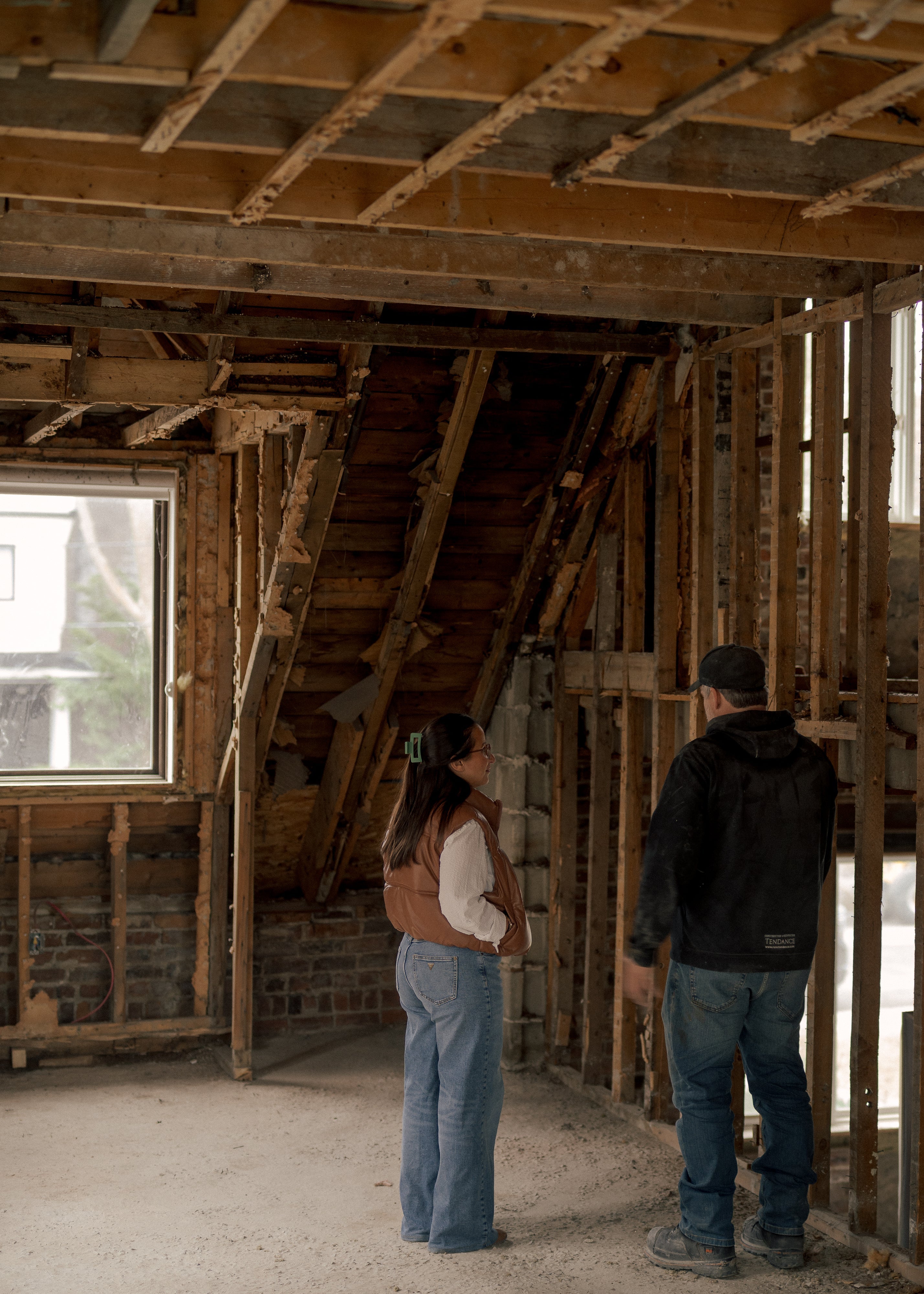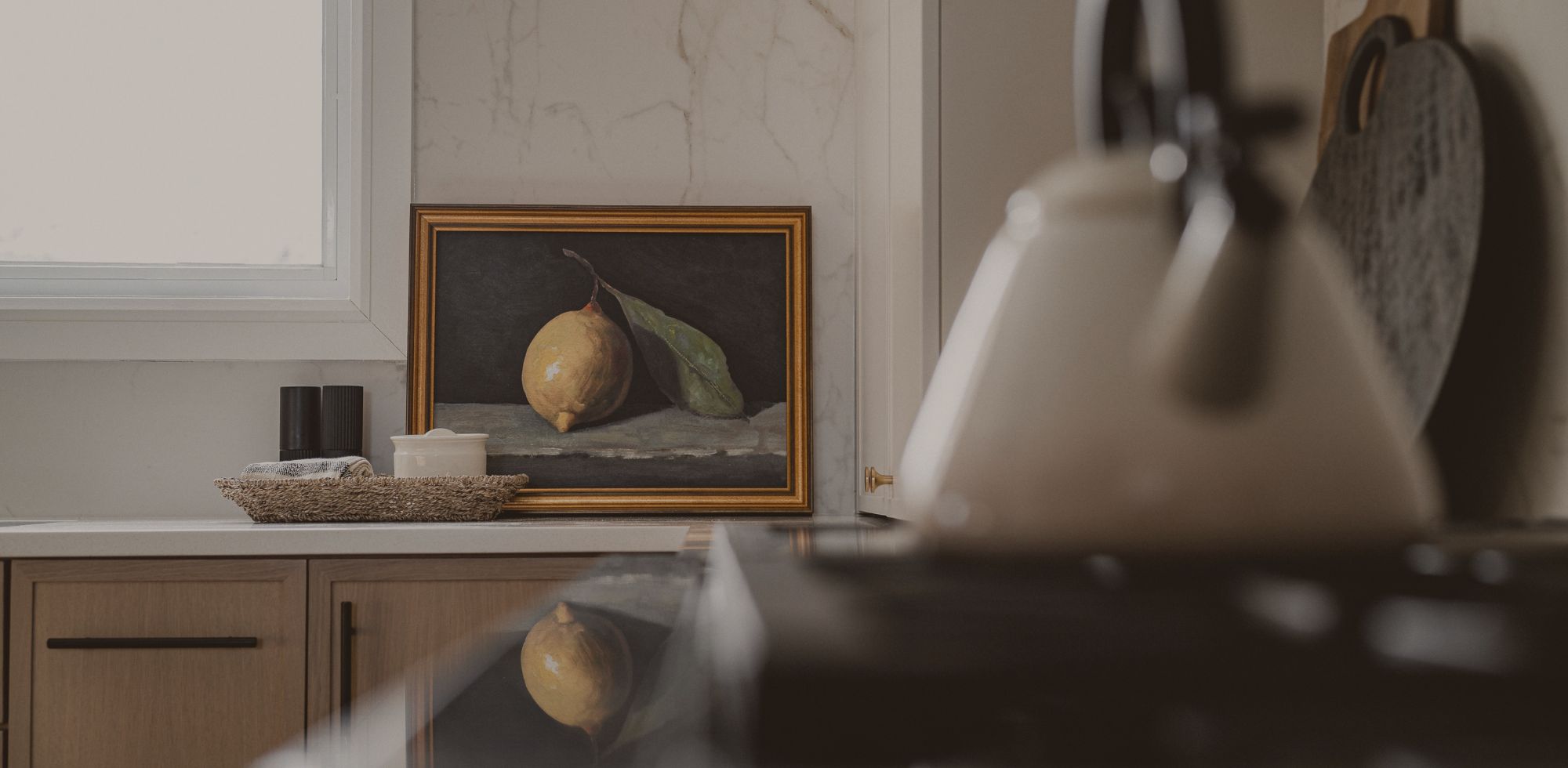If you've ever shared a SketchUp screenshot with a client and thought, "This doesn’t quite do the design justice", you’re not alone.
SketchUp is powerful, but without the right lighting, materials, or depth, even the best models can fall a little flat. That’s where AI can give your visuals a serious glow-up.
I’ve been experimenting with a simple ChatGPT prompt to turn my SketchUp exports into photo-realistic renderings, and it’s been a game changer. Here’s how to do it.
The Prompt I Use
This is the exact wording I paste into ChatGPT (paired with a screenshot or export of my SketchUp model):
“Create photorealistic HDRI rendering for the attached photo. Do not change any image details. Do not move or modify features. Keep the colors the same. Make the renderings photo realistic with 4K resolution. Add natural light coming from the [insert direction here].”
Does This Work with Free ChatGPT?
I personally use the paid version of ChatGPT (GPT-4), but I’ve had several designers try this same approach using the free version and it worked for them too. So even if you’re not subscribed, it’s worth giving it a shot.
Want to Take It Further?
Here are a few things you can add to the prompt for even better results:
1. Describe Your Finishes
AI rendering tools can interpret basic geometry, but they don’t know you meant that flat surface to be Calacatta Viola or oiled oak.
Try adding this to the end of your prompt:
“Apply realistic materials: matte black faucet, natural white oak cabinets, Calacatta marble countertop, soft linen drapery.”
You can list as many as you want, just be specific.
2. Include a Moodboard or Inspiration Image
If you’re using tools like Canva, DALL·E or Midjourney alongside ChatGPT, upload a moodboard or reference image with your prompt. Then say:
“Match the lighting, texture, and material tone to this inspiration image.”
This gives AI a better sense of the vibe you're aiming for (warm and moody? bright and minimalist?).
3. Mention Reflections and Shadow Direction
Sometimes, your lighting needs a little direction (literally). You can say:
“Use soft shadows, natural light casting from windows on the right and left, and subtle reflections on glass and polished surfaces.”
One More Thing…
If you're just starting to explore these tools, don’t overthink it. Try the base prompt, look at the results, then start refining from there. I usually test a few versions with different material descriptions until one hits the mark.
Have a great render trick of your own?
Drop it in the comments or DM me—I’d love to see what you’re creating.
Want templates that already include ChatGPT guides like this?
Check out our newest client experience templates in the Sloane Collection




